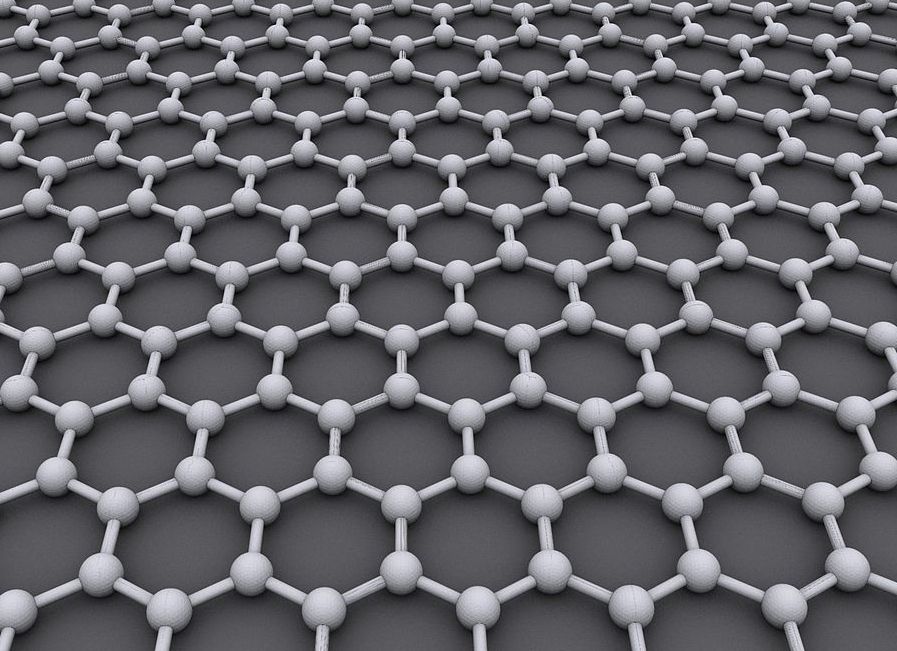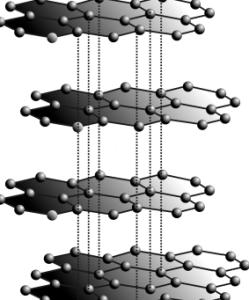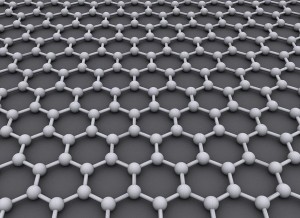
Graphene is a popular 2D carbon allotrope that is versatile material. This material has several amazing properties. In fact, it is regarded as the strongest and lightest material in comparison to its ability to conduct electricity and heat than any other material. This means that the material can be integrated into a broad range of applications. Thus, it can be used to improve efficiency and performance of the current substances and materials.
The role it plays
The importance of Graphene in electronics cannot be understated according to recent scientific findings. In the future, there is a possibility of developing the material in conjunction with other 2D crystals to come up with amazing compounds. Thus, it will have numerous applications.
Graphene Features
In order to understand the applications of graphene, you ought to understand basic properties of this material. It was first artificially produced by dissecting it layer by layer until they remained with a single layer. This process is termed as mechanical exfoliation. The result is a monolayer of graphite, and it is thinnest material ever created. Also, it does not become unstable when subjected to open elements.
After the development of graphene and discovery of its excellent properties, interest in other 2D crystals has increased greatly. This is because the combination of these crystals can be used in a limitless number of applications.
The primary problem with this material is that it is a great conductor, which does not have a band. This means that it cannot be switched off. Thus, for it to be applied in the creation of the future nano-electronic devices, there is a need to engineer a band gap of the material. This will reduce its electron mobility to levels seen in the strained silicon films.
Research and development
 In the future research and development are necessary for graphene to replace the use of silicone in the electrical systems. It is going to take a few years before this is achieved. These examples demonstrate that the material can be used in different disciplines such as composite materials, nanotechnology, energy technology, and bioengineering.
In the future research and development are necessary for graphene to replace the use of silicone in the electrical systems. It is going to take a few years before this is achieved. These examples demonstrate that the material can be used in different disciplines such as composite materials, nanotechnology, energy technology, and bioengineering.
Scientists are still working on enhancing capabilities of the Li-ion batteries. This is done by using graphene as an anode. This means that it will provide high storage capabilities that have better charge rate and longevity. There are also studies being done to ensure the material can be used in the manufacture of supercapacitors. These types of capacitors can store a large amount of power.
